Harvest in collaboration with Envisions
art direction Sanne Schuurman
photography Sanne Kaal
text Fred Erik
the material lookout
harvest
The word harvest has a poetic connotation that instantly evokes associations with natural materials and the countryside. In a world dominated by man-made materials and industrial processes, its definition has been stretched into unexplored domains.
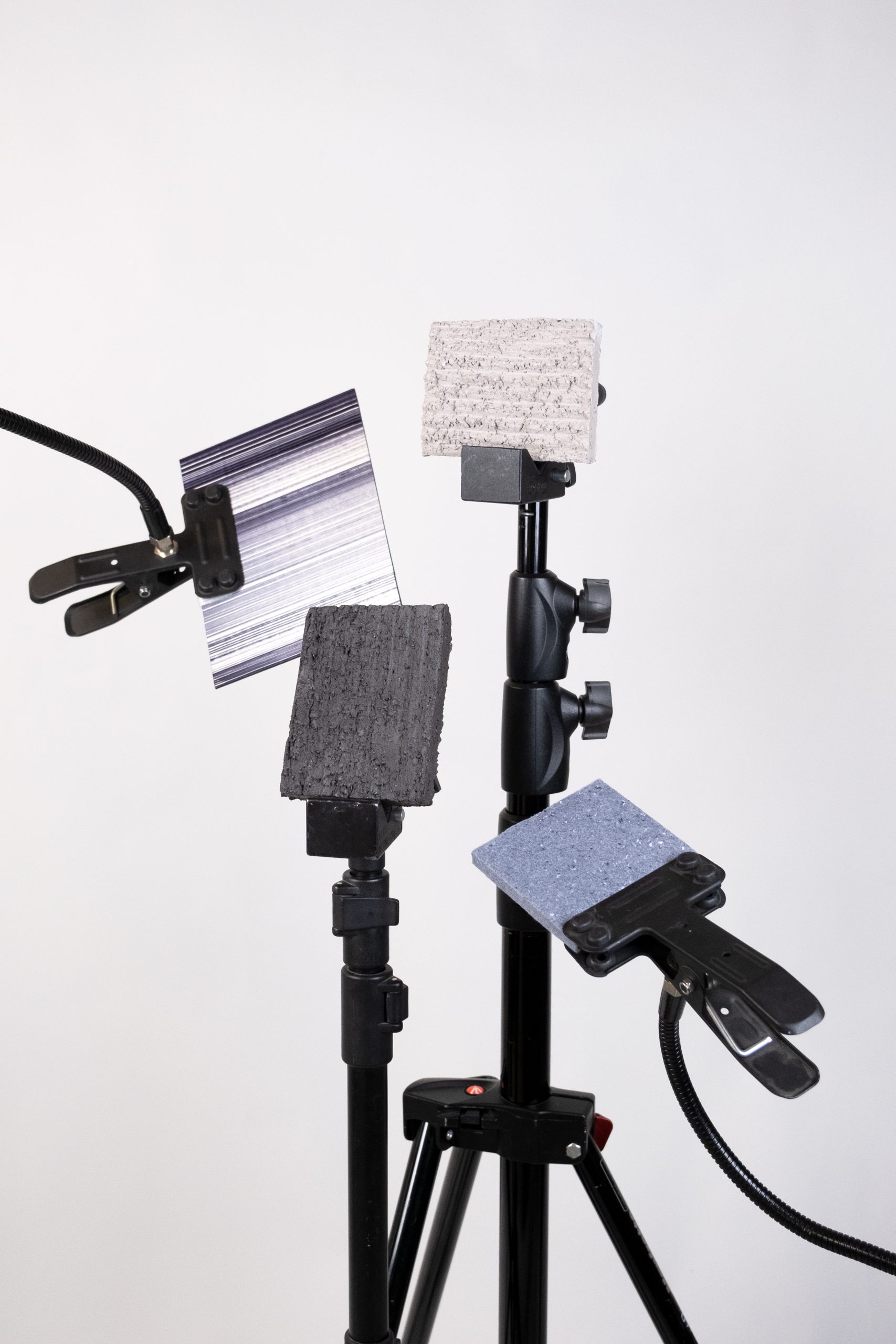
Another material that’s strongly intertwined with naval debris is Oesterplat by Marjolein Stappers.The composite tile collection is made up of leftover marble and oyster shells, featuring recognisable aesthetics with fossil-like details. Terrazzo-like graphics can likewise be found in the Bottom Ash material by Carissa Ten Tije.Named after the eponymous non-combustible residue of household waste, the material explores the potential of something that’s seemingly uninspiring. A different experimental approach towards stone can be found in the geopolymer concrete by Kajsa Willner.Made partly from biofuel ash – a residue from the paper and pulp industry – the material is reminiscent of regular concrete and features similar looks. However, geopolymer concrete is stronger, more environmentally resistant and has a lower carbon footprint.
A more tactile interpretation of the topic can be found in the Acoustic Textile Felt by Really,a sister company of Kvadrat. Made up from recycled textiles from the Kvadrat fabric production, the solid material strongly references the soft expression of its base-material. Being directly influenced by these leftovers, the material is an unconventional example of circular material production within the same company.
Nowadays, its meaning extends far beyond the physical and talks about the way we handle materials and how processes directly influence a material’s aesthetics and technical properties.
A modern material source that contradicts the aforementioned connotation is plastic. Being the most widely available man-made material, plastic is an abundant presence in modern society. Re-using this source has become a vital challenge for material developers since its presence on landfills has become unavoidable. Exemplary are the decorative sheet materials by Smile Plastics made from 100% recycled plastic waste from various sources. A more precise source of plastic can be found in chocolate factory material by Plasticiet which is made up of old chocolate factory moulds. Beachcombers by Gundega Strauberga on the other hand is a more experimental way of translating plastic waste into new, usable products. The fictive project describes how handicraft could transform plastic pollution washed up the shores. Dumped plastic products from the fishing industry, like nets and ropes, could be processed into baskets and other recipients using various low-tech techniques.

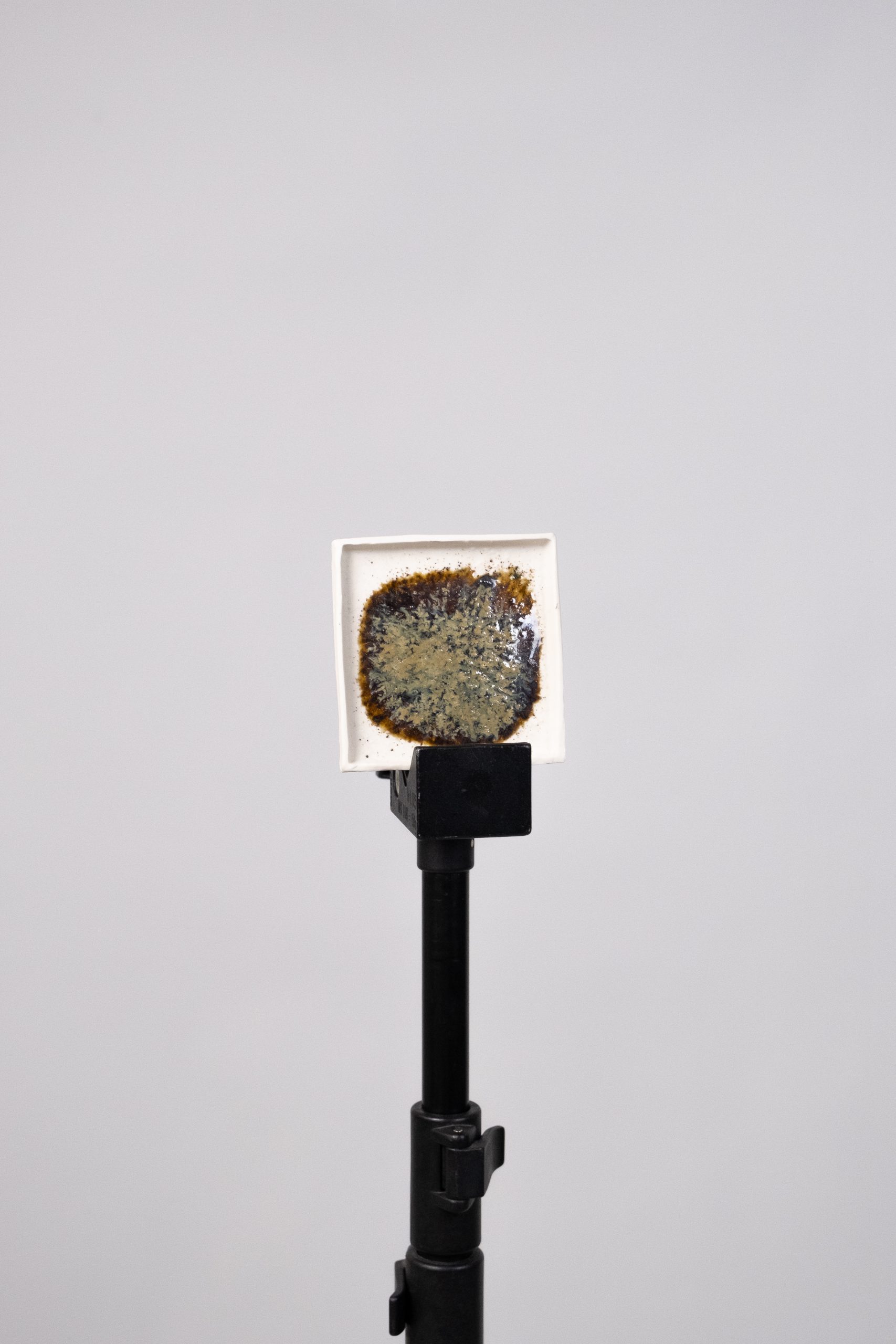
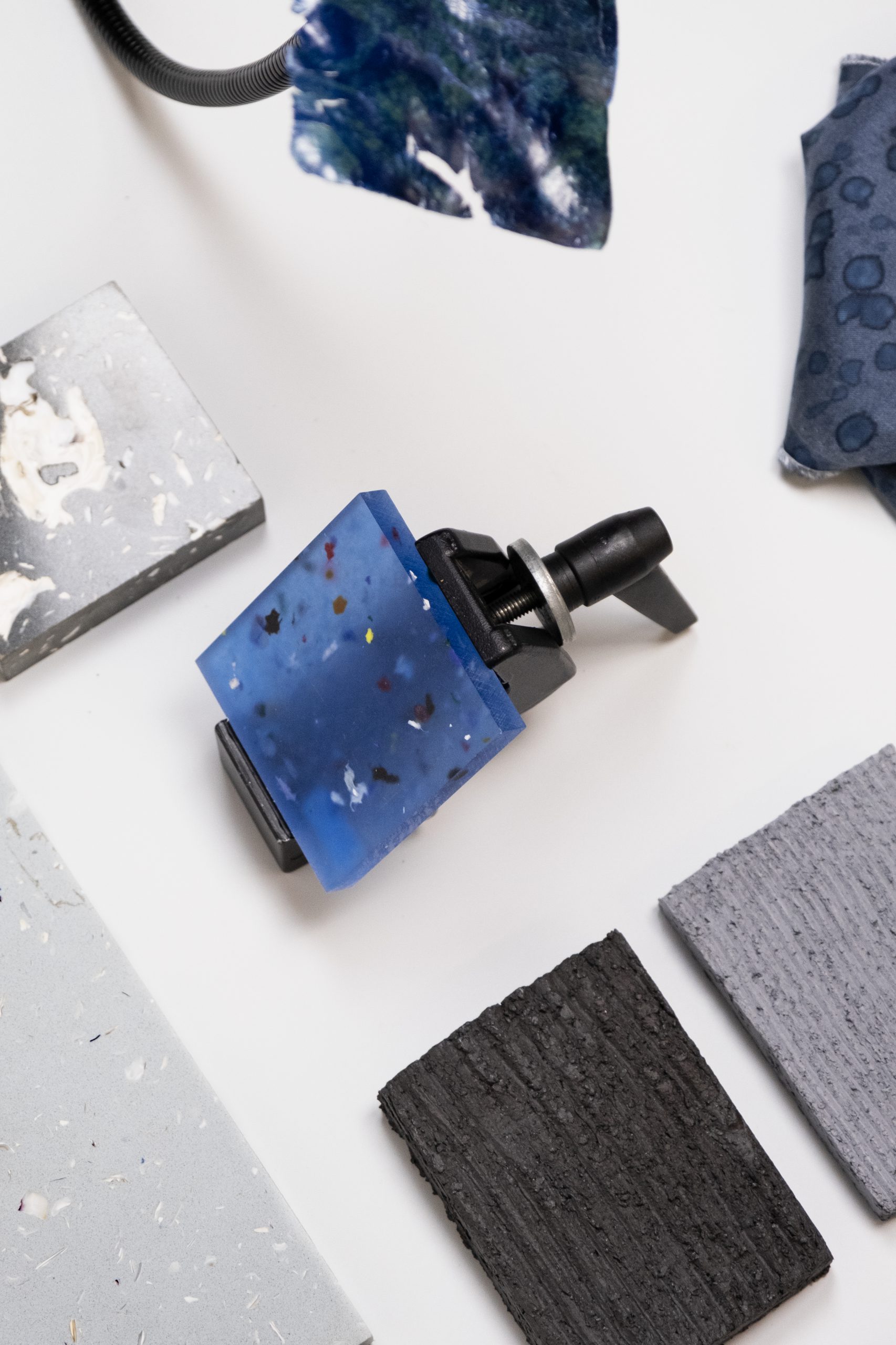
These material give a modern-day definition of the concept ‚harvest‘ in which man-made materials, natural debris and industrial processes have refined it’s meaning far beyond the physical, into surprising domains and applications.
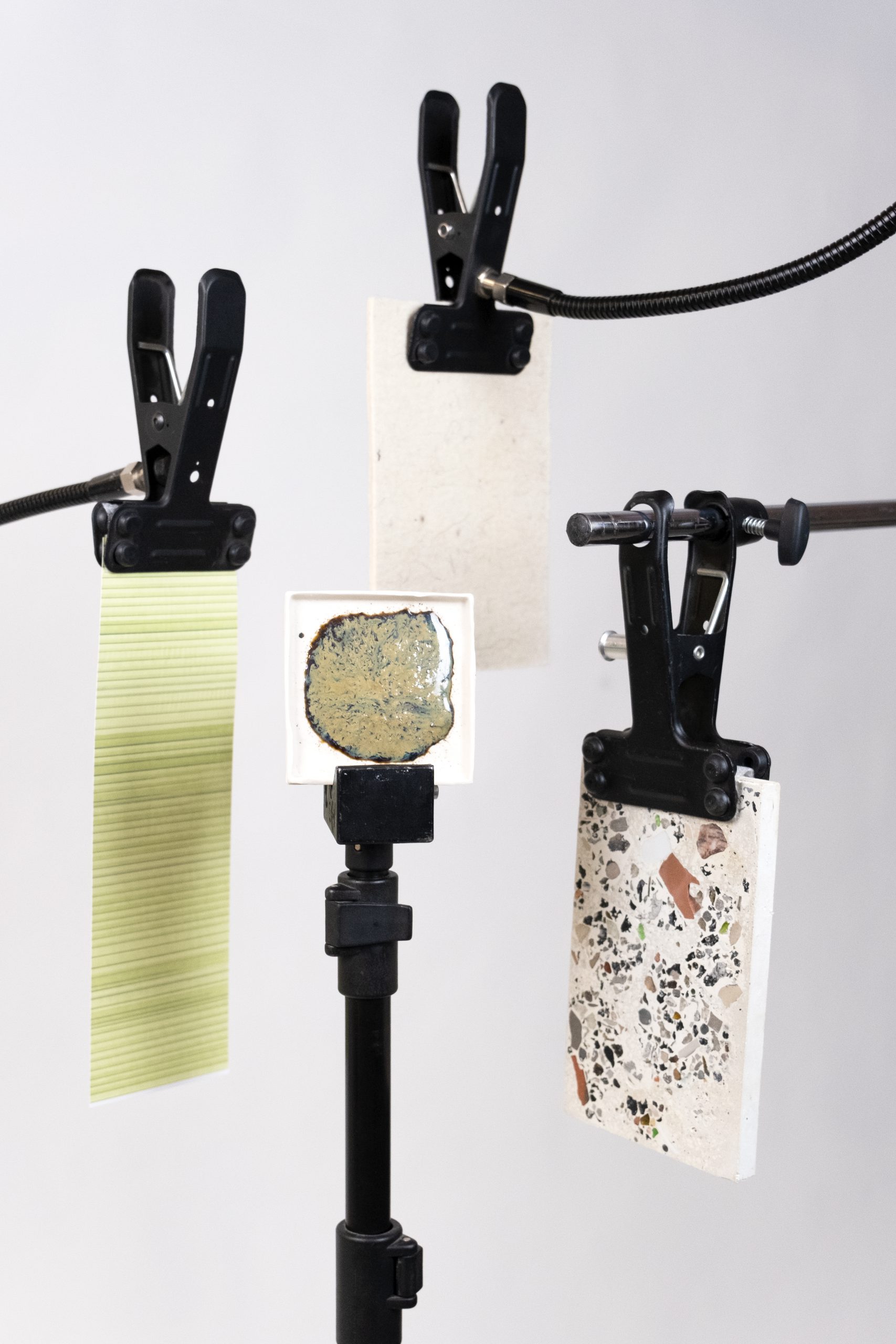
Equally made from residual materials is the Multi-Talent Fibre from Qmilk. Incorporating a by-product of the animal dairy industry, the raw material has antibacterial properties and is deformable when heated. A third example that’s fuelled by leftover fibres is the Keratin-based Composite by Romy Kaiser, which turns human hair into a biodegradable and sustainable material. Generally considered as waste, human hair could help to generate products with a high sustainable impact. Using a technique called thermo glueing, the material features a shiny finishing. Finally, a material which explores the gestural qualities of ‚harvest‘ to the fullest is Made by Rain by Aliki van der Kruijs. Using a film coating that is sensitive to water, photographic recordings of raindrops are captured on textiles. The material isn’t only a recording of the weather, its grasps a specific moment in time into a unique, visually intriguing end product.
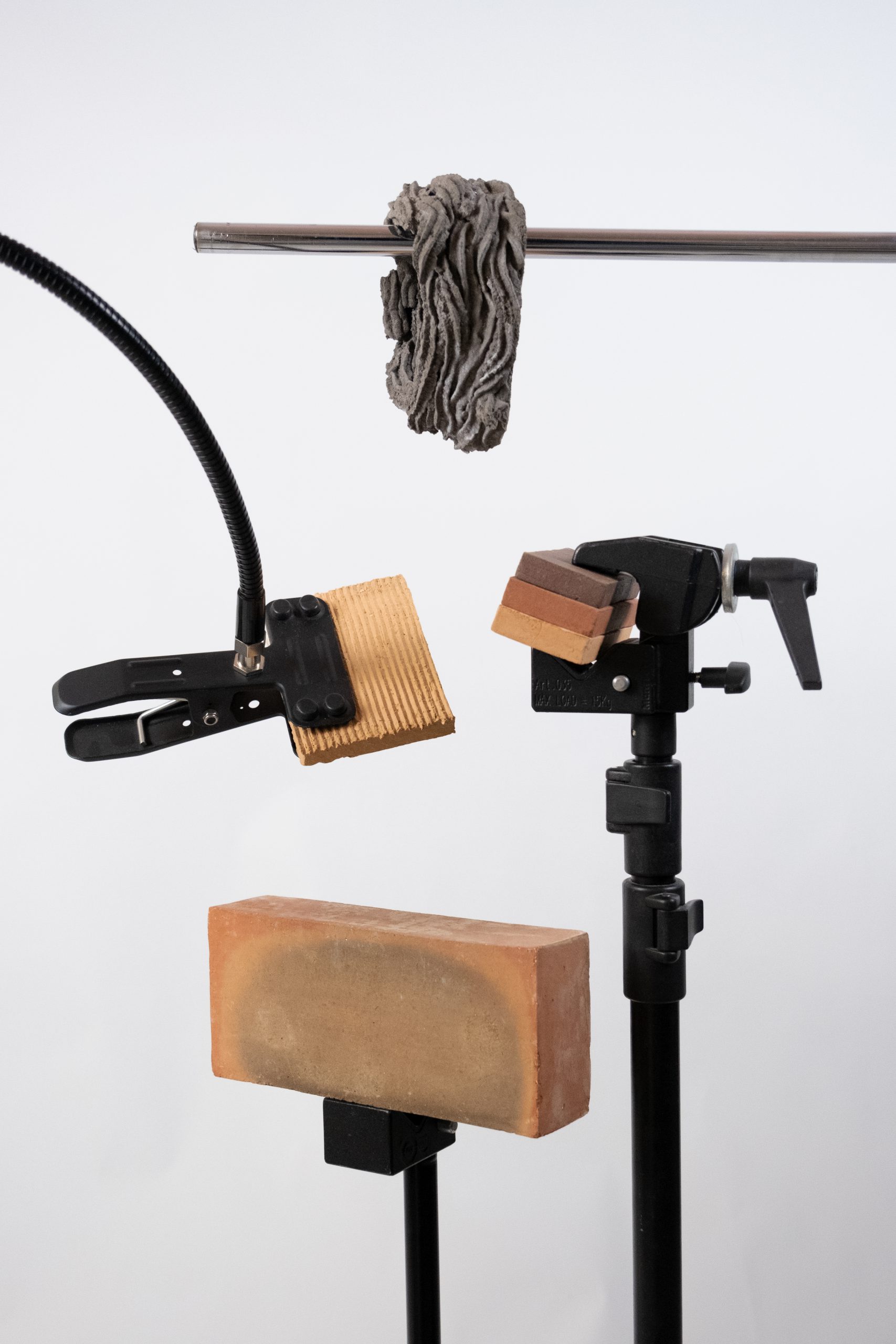
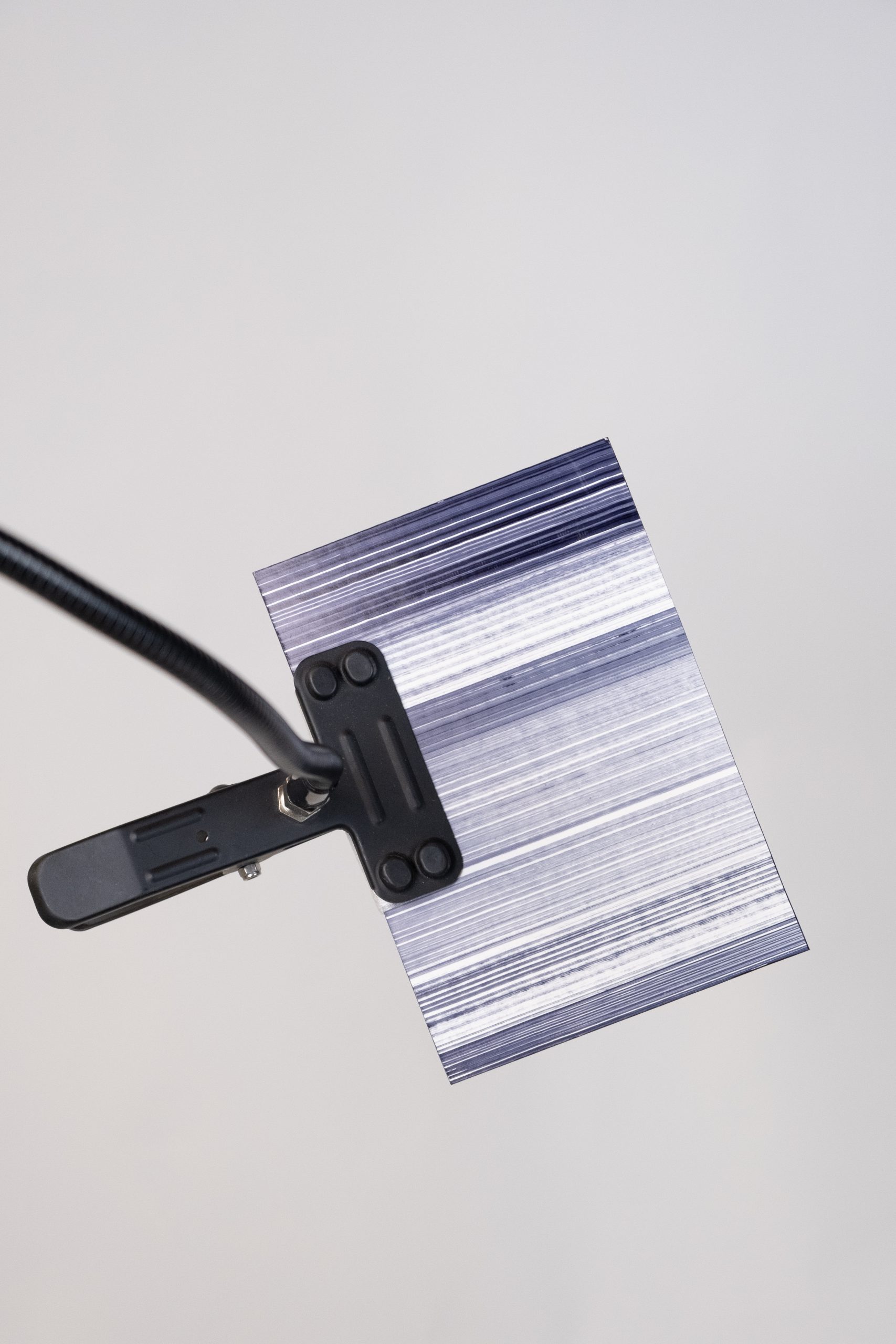
materials by
Organoid Technologies – natural composite panel
Buxkin – ripped, recycled leather
Resysta – rice composite
Plasticiet / Pyrasied – recycled plastic
Smile Plastics / Pyrasied – recycled plastic
Q-Nature – qmilk fiber
Really Kvadrat / Baars & Bloemhoff – really board material
Rino Claessens – ceramic
Marjolein Stappers – oyster plat
Carissa ten Tije – bottom ash brick
Lea Mazy – fatigué ink
Emy Bensdorp – PFAS brick
Gundega Stauberga – fishing nets
Romy Kaiser – kera plast
Aliki van der Kruijs – rain textile



